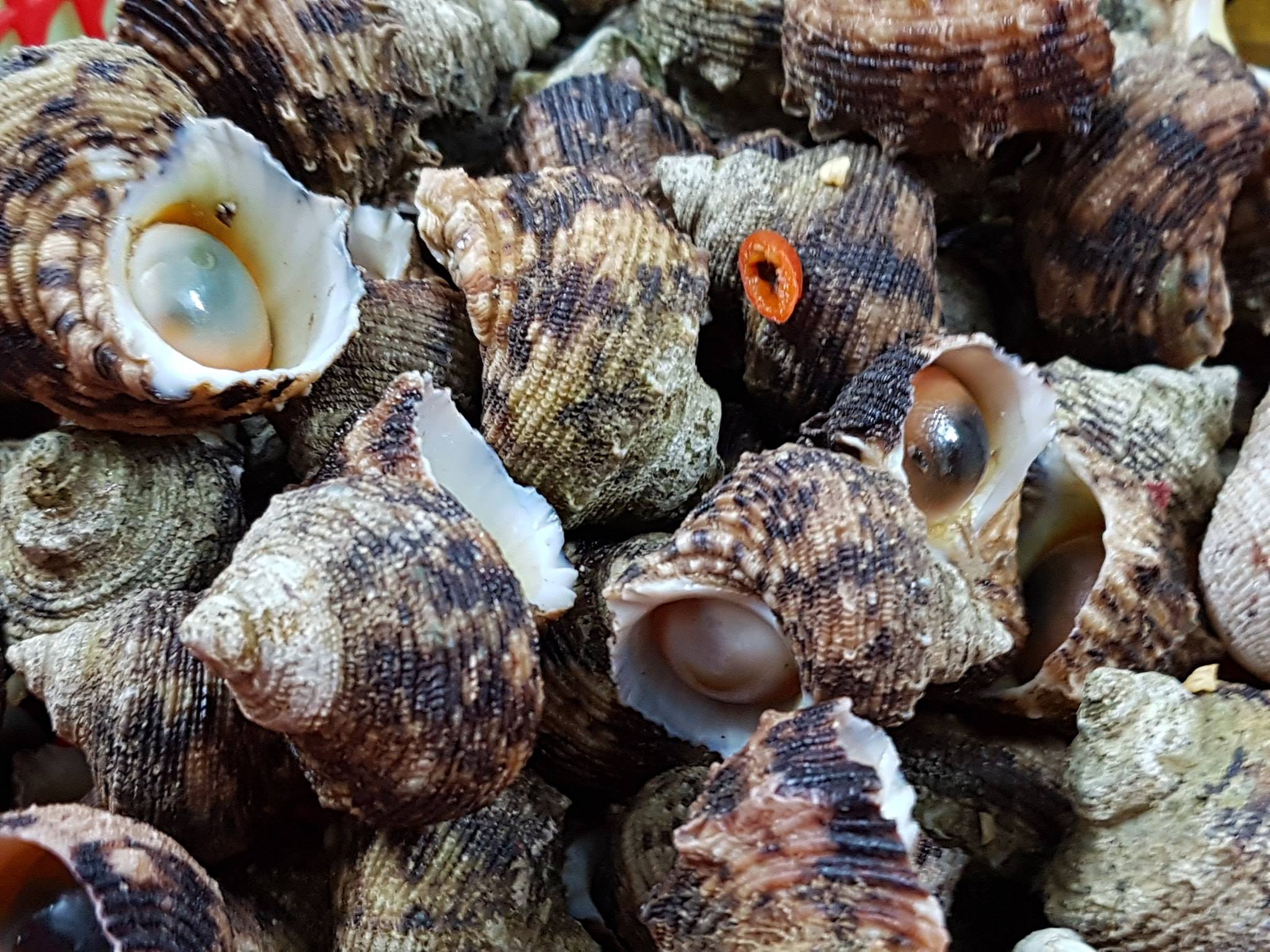


Another case of the harm done when introducing exotic animals where they don’t belong. Unfortunately the Atlantic oyster drill came along for the ride and are now found on both sides of the Atlantic as well as the Eastern Pacific, causing problems for the populations of other bivalve species native to those coasts. In fact it is believed that, evolutionarily, the oyster’s tolerance to low salinities may have been driven by these two predators.Ībout a hundred years ago oysters were introduced to both England and California by aquaculturists. Although it should be noted that any oyster spat that tries to settle in higher salinity waters will not survive long around drills and sea stars. Oysters prefer to live in brackish water which has a salinity that is too low for an oyster drill to survive in.

One other little problem with the name is that oysters and oyster drills normally don’t even share the same habitat. Although the oysters will end up with many partially drilled holes in their shells. I’ve kept adult oysters with oyster drills before without anyone getting hurt. While they may easily feed on young oysters, an adult’s shell is too thick for the drill to penetrate. For this reason the oyster drill’s name is a bit misleading. If the shell is thicker than the radula is long it will be safe from predation by this snail. Therefor, the limiting factor in what type of prey an oyster drill can eat is determined by the thickness of the potential prey’s shell. I’ve seen mussel shells with half a dozen individual drill holes.Ī snail’s radula is not a big structure. Often the scent produced as one oyster drill breaches the mussel’s defenses attracts other drills to the food source. The proboscis then sucks the liquifying meat up. Once the hole is completed the drill inserts its long, tubular proboscis into the perfectly round hole and releases digestive enzymes which basically begin digesting the animal within its own shell. This involves alternating the mechanical and chemical processes, usually about one minute of drilling with a half hour of acid production. The entire drilling process, depending on the thickness of the prey’s shell, takes about eight hours to complete. This acidic compound is secreted by the drill’s eversible gland. This involves not only scraping with the radula, but also an application of calcium-dissolving sulfuric acid to help soften the shell and make the drilling easier. When a drill finds a victim, say a small mussel (a favorite for this species since the shells are so thin) it grips onto the shell tightly with its foot and begins the drilling process. Herbivorous snails use the radula to scrape algae from rocks while carnivorous drills use it to make a small hole through the shell of its prey. This is a ribbon-like organ that is studded with hundreds of microscopic teeth. Like all snails, drills have a mouth that contains a structure called a radula. Oyster drills feed mainly on bivalve mollusks, but are equally adept at penetrating the defenses of barnacles, periwinkles, and when times get tough, even others of its own species. This snail is just a little over an inch in length, but is one of the most effective coastal hunters this side of the sea star. The most common species in Southern New England is Urosalphinx cinerea, or the Atlantic oyster drill. Oyster drills make up a family of carnivorous snails that live mainly in this intertidal zone.


 0 kommentar(er)
0 kommentar(er)
